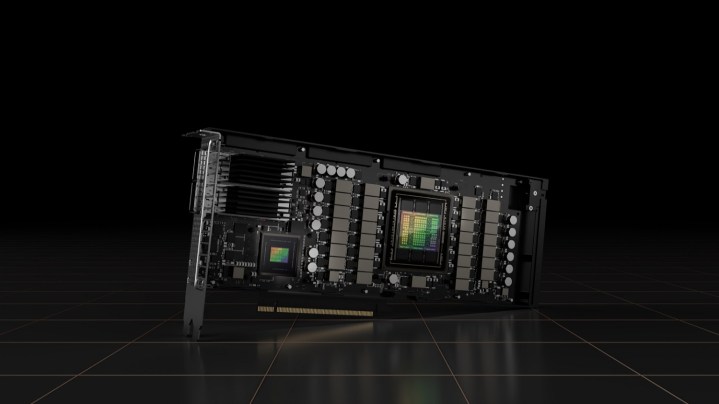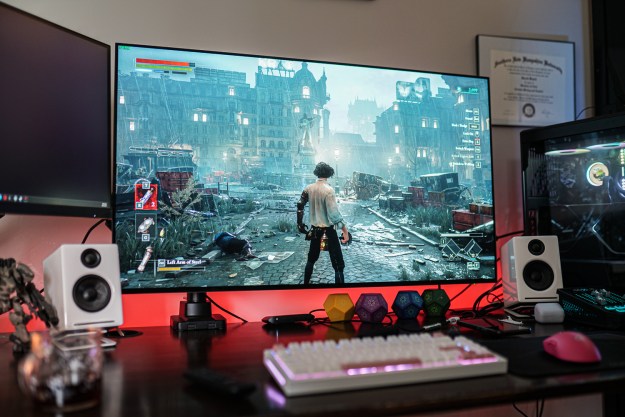Although we’ve long expected Nvidia to launch its RTX 40-series graphics cards this fall, a new rumor suggests they could arrive even sooner. According to VideoCardz, as well as various leakers, Nvidia might lead off the launch of its next-gen cards with the RTX 4090 as soon as August.
Previous rumors suggested a launch in mid-July, but we’ve heard as late as October, as well. The news today isn’t focused on the launch window, but the way Nvidia could roll out its next-gen GPUs. The rumor suggests Nvidia will lead with the RTX 4090 in August, followed by the RTX 4080 in September, and finally, the RTX 4070 in October.

Staggered release dates aren’t new for Nvidia, but the company usually leads with its RTX XX80 option, as it did with the RTX 3080. In addition to VideoCardz, Twitter leaker kopite7kimi also says they “confirmed” that Nvidia will lead with the RTX 4090, followed by the other two cards later in the year.
Nvidia staggered the launched of its last-gen graphics cards as well, but it still led with the RTX 3080 instead of the workstation-class RTX 3090. If true, it’s a risky move for Nvidia considering the massive power requirements the RTX 4090 is rumored to have. We’ve heard numerous estimates ranging from 450 watts up to 600W, which is not out of the question. The recently launched RTX 3090 Ti comes with a 450W power limit itself.
Breaking up the releases in this way could be a result of how RTX 40-series cards are configured. Rumors suggest Nvidia will use different GPUs for the RTX 4090, RTX 4080, and RTX 4070, which leads to a longer wait between releases. Compared to the previous generation, both the RTX 3080 and RTX 3090 used the GA102 GPU, allowing Nvidia to release both cards within two weeks of each other.
The RTX 4090 will reportedly use the AD102 GPU, while the RTX 4080 will use the AD103 GPU. It’s hard to say now if the two GPUs are easily interchangeable with the same board design, but the separate chips could explain the wait between each of the top cards in the next-gen range.
Although the launch seems right around the corner, Nvidia has been tight-lipped about its next-gen graphics cards. We learned very little about the RTX 4080 at GTC 2022, and there were no Nvidia gaming announcements at Computex 2022.
Either way, there’s a strong chance we’ll see RTX 40-series graphics cards before the end of the year. Nvidia traditionally releases new graphics generations every other year, and RTX 30-series graphics cards are coming up on two years old. Reports suggest Nvidia will ditch Samsung for this generation, instead opting for chipmaker TSMC’s 5nm or 4nm manufacturing process.
RTX 40-series cards could bring as much as a 2.2x increase over the RTX 30-series, but it’s still too soon to say. If the next-gen cards are indeed around the corner, we expect to hear about an Nvidia event very soon.
Editors' Recommendations
- Don’t buy the RTX 3060 in 2024
- The RTX 5090 and 5080 may launch sooner than expected
- New Nvidia update suggests DLSS 4.0 is closer than we thought
- Don’t buy a cheap GPU in 2024
- 5 GPUs you should buy instead of the RTX 4070





